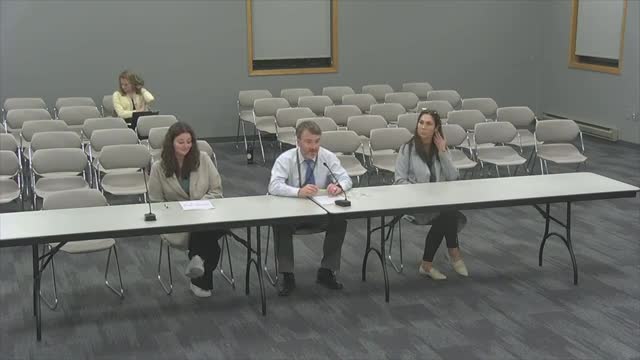School report reveals alarming at risk student numbers
November 18, 2024 | Franklin Public School District, School Districts, Wisconsin
This article was created by AI summarizing key points discussed. AI makes mistakes, so for full details and context, please refer to the video of the full meeting. Please report any errors so we can fix them. Report an error »

In a recent government meeting, officials discussed significant changes to the reporting and assessment of at-risk students within the education system. The updated report now categorizes at-risk students by grade levels, specifically from 5th to 12th grade, and includes data from the Community Reintegration Center (CRC), which identifies all students there as at risk.
The primary factors contributing to students being classified as at risk include assessment scores, credit attainment, and truancy. This year marks a shift in how data is collected, with officials committing to a biannual hard count of at-risk students, specifically on the third Friday of September and the second Friday of January. This change aims to provide a clearer and more consistent understanding of student risk levels, moving away from a rolling data collection method.
The coherence plan now establishes a baseline for at-risk students, currently set at 4%, with expectations for improvement. Officials noted that while the number of identified at-risk students remains at 123, the inclusion of lower grades this year means that comparisons to previous years may not reflect a true decrease in risk levels.
Additionally, changes in state benchmarks for assessments have altered the criteria for what constitutes proficiency, impacting the academic data used to identify at-risk students. The meeting highlighted a commitment to early intervention strategies, with officials expressing optimism about reducing the number of at-risk students through proactive measures.
Overall, the meeting underscored a renewed focus on data-driven approaches to support at-risk students, with plans to share detailed metrics and progress updates in December.
The primary factors contributing to students being classified as at risk include assessment scores, credit attainment, and truancy. This year marks a shift in how data is collected, with officials committing to a biannual hard count of at-risk students, specifically on the third Friday of September and the second Friday of January. This change aims to provide a clearer and more consistent understanding of student risk levels, moving away from a rolling data collection method.
The coherence plan now establishes a baseline for at-risk students, currently set at 4%, with expectations for improvement. Officials noted that while the number of identified at-risk students remains at 123, the inclusion of lower grades this year means that comparisons to previous years may not reflect a true decrease in risk levels.
Additionally, changes in state benchmarks for assessments have altered the criteria for what constitutes proficiency, impacting the academic data used to identify at-risk students. The meeting highlighted a commitment to early intervention strategies, with officials expressing optimism about reducing the number of at-risk students through proactive measures.
Overall, the meeting underscored a renewed focus on data-driven approaches to support at-risk students, with plans to share detailed metrics and progress updates in December.
View full meeting
This article is based on a recent meeting—watch the full video and explore the complete transcript for deeper insights into the discussion.
View full meeting
